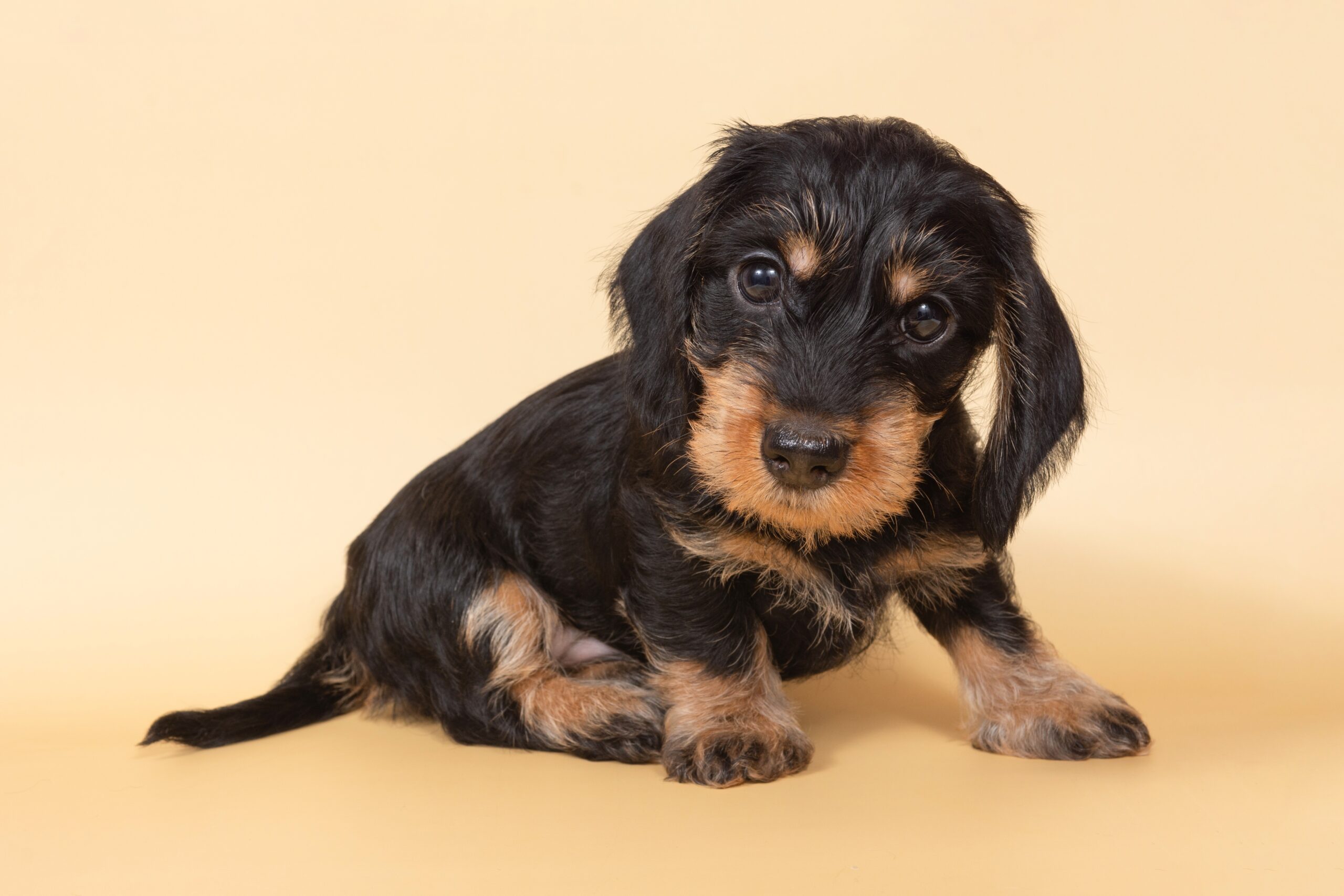
Dachshunds Explained: Adorable, Bold, and a Bit Stubborn
From sausage dogs to serious hunters.
With their long backs, short legs, and unmistakable charm, Dachshunds have a special place in the hearts of dog lovers around the world. These small dogs pack a big punch—brimming with personality, courage, and sass. Originally bred for hunting, they are now best known for their loving (and often cheeky) companionship. This article explores the history, temperament, physical traits, care needs, and quirks of the Dachshund—highlighting why these dogs are both adorable and a handful.
Outline
- Introduction
- History and Origin
- Types and Varieties
- The Dachshund Personality
- Grooming and Care
- Health Considerations
- Exercise and Mental Stimulation
- Training Challenges and Tips
- Dachshunds and Families
- Fun Facts and Pop Culture
- Is a Dachshund Right for You?
- Final Thoughts
Introduction
Dachshunds—often affectionately called “sausages” or “wiener dogs”—are one of the most recognisable breeds in the world. Their unique physique and confident strut make them stand out wherever they go.
But don’t let their cute faces fool you. Beneath the charm lies a dog that’s brave, fiercely loyal, and a tad mischievous. Living with a Dachshund can be a rollercoaster—equal parts cuddles and stubborn protests.
History and Origin
The Dachshund was developed in Germany over 300 years ago. The name “Dachshund” literally translates to “badger dog”, and that’s exactly what they were bred for.
Original Purpose:
- Designed to hunt badgers, foxes, and other burrow-dwelling animals
- Short legs and narrow chests helped them dig and enter tight tunnels
- Bold temperament made them ideal for confronting prey underground
Spread Across Europe:
By the 19th century, Dachshunds were also popular with European nobility and eventually made their way to England and the United States.
Fun Fact: Queen Victoria adored Dachshunds, helping to popularise them in Britain.
Types and Varieties
Dachshunds come in two sizes and three coat types, making for a surprisingly diverse breed.
Sizes:
- Standard – 7 to 15 kg
- Miniature – under 5.5 kg
Coat Types:
| Coat Type | Description |
|---|---|
| Smooth | Sleek, short, shiny coat |
| Long-haired | Silky coat with feathering on ears, tail |
| Wire-haired | Coarse coat with bushy eyebrows & beard |
Each variety has its own quirks—long-haired tend to be calmer, wire-haired more terrier-like, and smooth-coated the most classic.
The Dachshund Personality
Dachshunds are full of character—which can be both delightful and challenging.
Core Traits:
- Loyal and loving to their humans
- Brave, sometimes to the point of recklessness
- Often stubborn, especially when told “no”
- Surprisingly vocal—they love to bark
- Smart but easily distracted by scent or prey
Highlight: Despite their size, Dachshunds have the heart of a lion. They won’t hesitate to stand up to dogs three times their size.

Grooming and Care
Dachshunds are fairly low-maintenance, but grooming needs vary depending on coat type.
General Grooming:
- Smooth coats: occasional brushing and wiping down
- Long-haired: regular brushing to prevent tangles
- Wire-haired: needs hand-stripping or trimming every few months
| Grooming Task | Frequency (Smooth) | Long-Haired | Wire-Haired |
|---|---|---|---|
| Brushing | Weekly | 2–3x/week | 1–2x/week |
| Bathing | Monthly | Monthly | Monthly |
| Nail trimming | Monthly | Monthly | Monthly |
| Ear cleaning | Fortnightly | Fortnightly | Fortnightly |
Don’t forget dental care—Dachshunds are prone to dental issues due to their small mouths.
Health Considerations
Due to their unique body shape, Dachshunds have some specific health concerns.
Common Health Issues:
- Intervertebral Disc Disease (IVDD)
→ Affects the spine; jumping or falling can be dangerous - Obesity
→ Extra weight puts strain on the spine - Dental disease
→ Regular brushing is essential - Patellar luxation and hip dysplasia
- Eye conditions, such as PRA or cataracts
Lifespan: 12–16 years, with many Dachshunds living well into their teens.
Important: Avoid letting Dachshunds jump off furniture or climb stairs frequently.
Exercise and Mental Stimulation
Despite their small size, Dachshunds are active and energetic.
Physical Exercise:
- 30–60 minutes of walking per day
- Avoid off-lead time unless in secure areas—they’re notorious escape artists
- Playtime with toys and fetch is a great outlet
Mental Stimulation:
- Puzzle toys and scent games
- Learning new tricks
- Hide and seek or food hunts
Dachshunds love to sniff and explore, so varied walking routes help keep them mentally stimulated.
Training Challenges and Tips
Dachshunds are smart—but training one is not for the faint-hearted.
Training Traits:
- Easily distracted, especially outdoors
- Strong prey drive can override commands
- Respond best to positive reinforcement
- Can be manipulative (yes, really!)
Tips for Success:
- Keep training sessions short and fun
- Use high-value treats
- Stay calm and consistent
- Begin socialisation and house training early
Toilet training can take longer than other breeds—be patient and celebrate small wins.
Dachshunds and Families
Dachshunds can be wonderful family dogs, but there are a few considerations.
Pros:
- Devoted to their family
- Often great with older children
- Can be good with other dogs when raised together
- Adapt well to flats or houses
Cautions:
- May not tolerate rough handling by toddlers
- Can be territorial or snappy if startled
- Need to be monitored with stairs and jumping
They bond deeply with one or two people, sometimes becoming a bit possessive or jealous.
Fun Facts and Pop Culture
Dachshunds have made their mark far beyond the dog park.
Fun Facts:
- Nicknamed the “hot dog”—the sausage roll was even named after them!
- In WWII, they were used in propaganda but later reclaimed as beloved pets
- They’re one of the most popular dog breeds in the UK
Famous Dachshund Fans:
- Pablo Picasso had a Dachshund named “Lump”
- Andy Warhol featured his Dachshund “Archie” in artwork
- Adele, David Hockney, and John Wayne were proud Dachshund owners
Highlight: They’re stars on Instagram, with several Dachshund influencers boasting hundreds of thousands of followers.
Is a Dachshund Right for You?
Before bringing home a Dachshund, ask yourself:
Ideal Owner:
- Patient and consistent with training
- Happy to provide daily mental stimulation
- Prepared for potential health expenses
- Lives in a home with limited stairs or with ramps
- Wants a loyal, funny, sometimes dramatic companion
Possibly Not Ideal For:
- Families with very young children
- People away from home all day
- Those expecting instant obedience
- Active adventurers looking for an off-lead trail buddy
| Pros | Cons |
|---|---|
| Bold, funny, and affectionate | Stubborn and vocal |
| Low grooming needs (mostly) | Prone to back issues |
| Good in small living spaces | Harder to house-train |
| Unique appearance and charm | May be territorial or possessive |
Final Thoughts
Dachshunds are one-of-a-kind dogs—equal parts adorable, bold, and headstrong. They’re loyal to a fault, playful with a twist of attitude, and always up for cuddles… on their terms.
They’re not the easiest breed to raise, but for those who fall in love with them, there’s no going back. If you’re ready for a small dog with a huge personality, a Dachshund might just be your perfect match.
In summary: They’ll make you laugh, they might drive you mad, but they’ll always be by your side—tail wagging and ready for whatever drama (or treat) comes next.